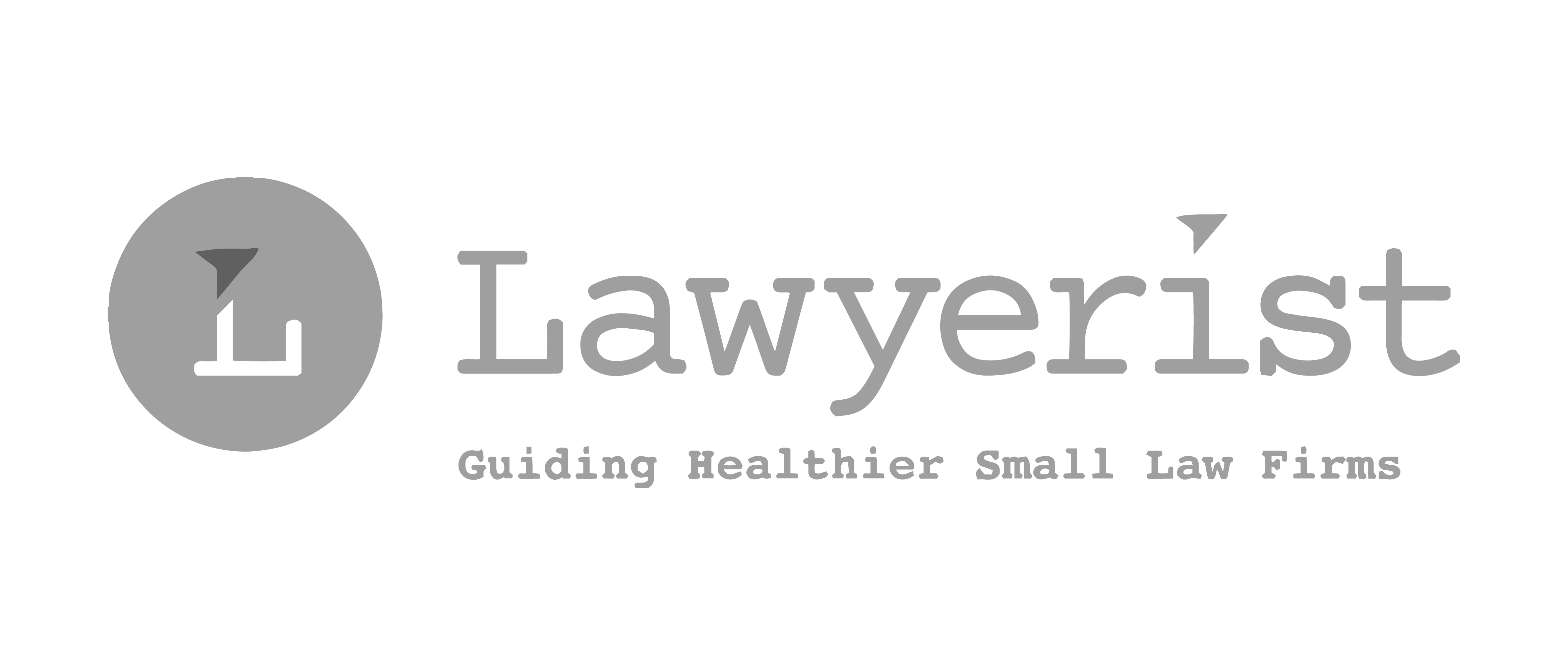How to Identify Bottlenecks in Your Law Firm…and Alleviate Them

Are there areas of your firm where work always seems to pile up? Yeah, that’s what we thought—most firms certainly experience such bottlenecks. Bottlenecks occur when a firm has a lot of work to do at a particular stage but limited resources to do it. They can also happen because there is a bad process (or lack of one altogether!) that’s causing employees to perform work at a slower rate which, in turn, impacts the entire firm’s workflow and profits.
So how to you identify bottlenecks and fix them? The Theory of Constraints is a very popular methodology introduced by Eliyahu Goldratt that allows you to find a solution to your firm’s bottlenecks as they come up. The best-selling ABA book The Lean Law Firm, co-authored by Rocket Matter’s CEO Larry Port, also addresses this concept in great depth, along with other Lean principles.
Here, we’ll explain how to use that methodology to start identifying and avoiding the bottlenecks that are holding your firm back in any way:
Step 1: Identify the area of work that is bottlenecked.
Ask yourself what is the area in your firm where work is slow—the one which delays or prevents people from completing their tasks? For example, it could be that a successful marketing campaign has led to an influx of new cases, but they haven’t yet been entered into your practice management software. If those cases are not in the system, nobody can begin work. Or it could be a recurring bottleneck, like your monthly billing. If your billing takes days (or weeks!), invoices will not be sent in a timely fashion to clients, and that will impact how quickly payments come in and are processed. Both of these examples impact long-term and short-term profitability and point to areas where your firm can improve to alleviate the problem. It’s important to first pinpoint such bottlenecks.
Step 2: Identify ways you can optimize the area of work where the bottleneck exists.
According to The Lean Law Firm, two things that make employees and processes more efficient are standardization and technology. Standardizing processes avoids missteps and wasted time. Technology (like Rocket Matter) can help reduce the time it takes to complete administrative tasks, and it can automate many of the processes that are burdensome to law firms like opening new case files and drafting documents. Technology can also reduce the time it takes to run your firm’s invoices.
Step 3: Send help!
While you’re making process improvements in a particular area, it’s also time to hit the “pause” button and dedicate your resources (staff, time, and effort) to reducing the backlog of work, wherever it’s occurring. For example, if you have an additional staff member who has no cases to open, have him or her help with getting your settled cases processed so the firm and the clients can receive their disbursement.
Step 4: Increase bottleneck efficiency and capacity.
How can you loosen the constraint so work can flow easily through a new process? If you completed step 2, now is the time you put that plan into action. Rocket Matter users can reach for technology solutions like Document Templates, Matter Templates (automated workflows), Rocket Project Management, and Batch Billing that can help to enhance efficiency, increase speed, standardize processes, and spot bottlenecks earlier through advanced reporting. Other tools like Kanban Boards (Trello, Asana) can help with visualizing how work is flowing through the firm and can help you avoid one department having too much work for the resources you’ve allocated.
Step 5: Rinse and repeat.
Once the bottleneck is alleviated, others will likely pop up elsewhere. This is a methodology that firms can use many times over to address new bottlenecks and to continue to improve processes over time.
Share post:








